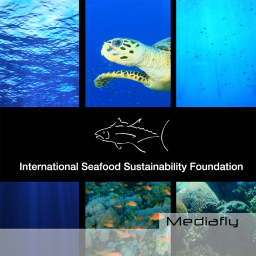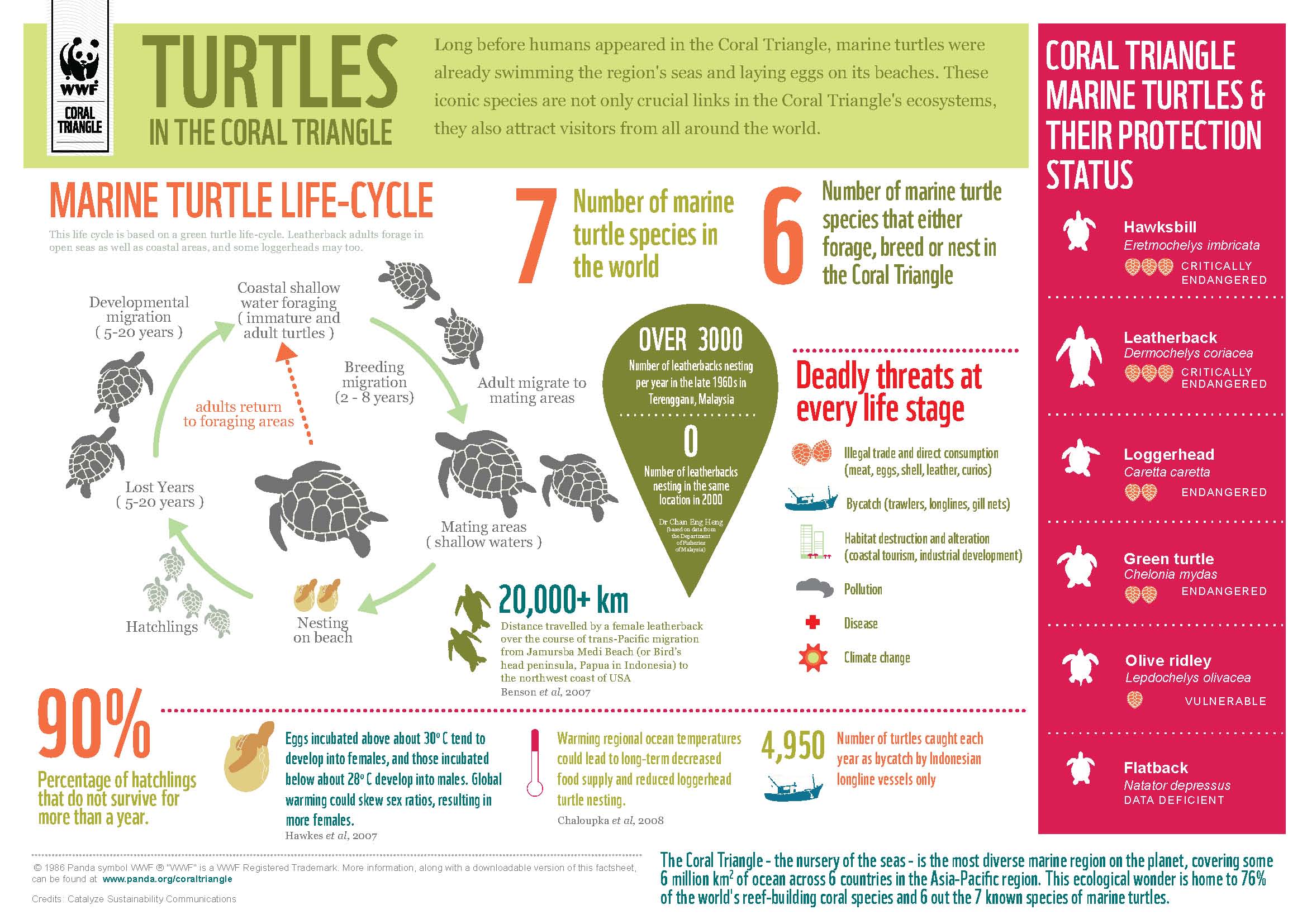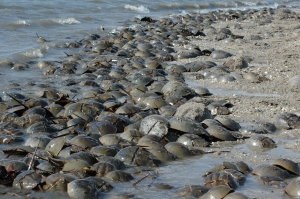Surely you’ve taken pictures with Flat Stanley, a tool used to advance children’s literacy – But, did you know that you can now take a shark on your adventures? Grab a Shark Stanley printout and show your support for shark conservation by participating in this initiative of the Shark Defenders. Help them reach their goal of collecting at least 5,000 photos! It’s important to gather these photos in time for the upcoming Convention on International Trade in Endangered Species (CITES) meeting in March. Check out all the places Shark Stanley has been on the Instagram and Facebook pages!
Why is shark conservation important?
Sharks are in peril and overexploited due in major part to a voracious demand for shark fins, especially in Asian markets. Shark finning is the removal and retention of shark fins and discarding the body at sea (The animal is often alive when tossed back into the water!). The Pew Environment Group estimates that “Up to 73 million sharks are killed every year to primarily support the global shark fin industry”. The underlying problem is that sharks grow slow, mature late, and produce few young over their long lifetime – meaning their populations recover slowly once depleted. Depleted populations affect the health of the entire ocean ecosystem. Here are some examples on how it’s all connected:
- Sharks help maintain healthy fish stocks because they prey on vulnerable sick, diseased, or old animals – thereby, preventing disease or sickness from spreading.
- Sharks have the ability to ensure we always have vital seagrass beds by controlling their prey, dugongs and green sea turtles – which forage in these beds. Healthy seagrass beds are essential for maintaining good water quality in our estuaries.
- Sharks are the #1 draw for many divers providing a booming tourism industry to remote places that might not otherwise have a good economy.

Print Shark Stanley and take a picture with him showing your support. Don’t forget to tag @SharkDefenders, #SharkStanley, and the country you live (i.e., #USA).



 Dugongs, a relative of
Dugongs, a relative of 












What people are saying …